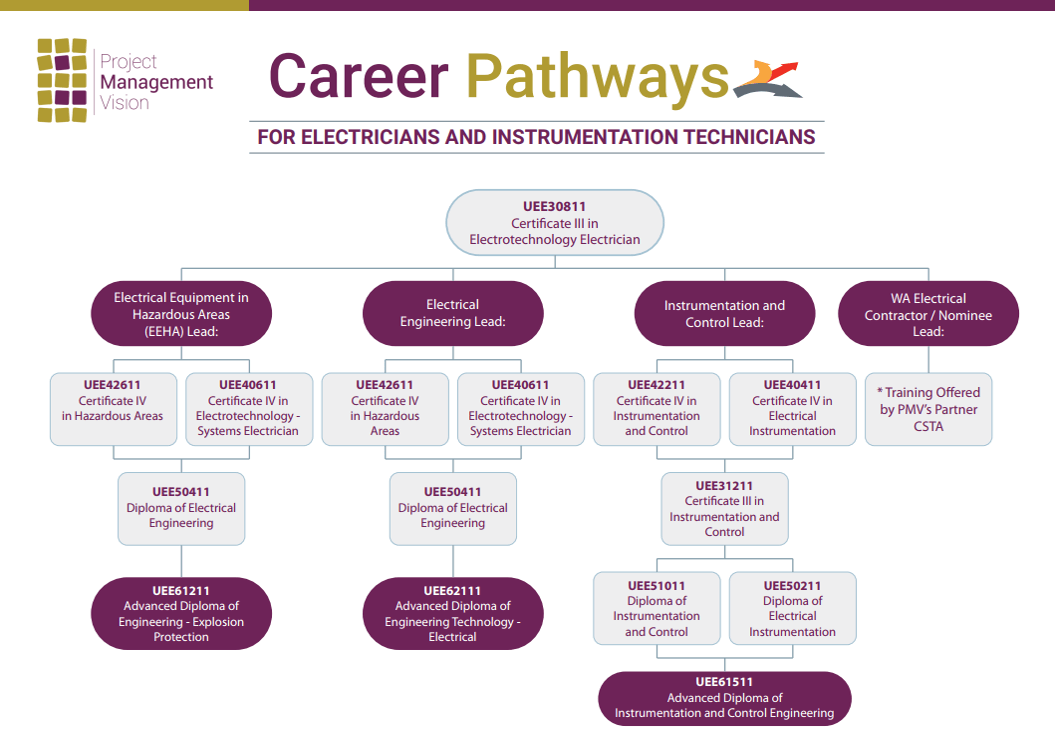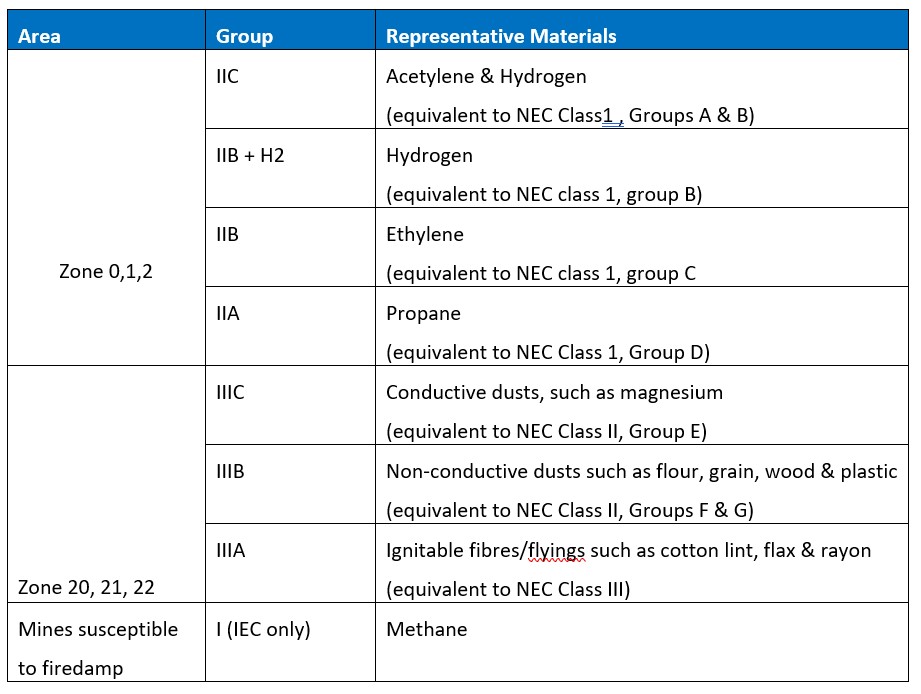See This Report on Roar Solutions
See This Report on Roar Solutions
Blog Article
Roar Solutions Fundamentals Explained
Table of ContentsRumored Buzz on Roar SolutionsRoar Solutions Fundamentals ExplainedRoar Solutions Things To Know Before You Get This
In order to safeguard installations from a prospective surge a technique of analysing and categorizing a potentially unsafe location is required. The objective of this is to guarantee the correct option and installation of tools to eventually prevent a surge and to guarantee safety and security of life.
(https://www.interweave.com/plus_old/members/roarsolutions/profile/)
No tools needs to be mounted where the surface area temperature level of the tools is above the ignition temperature level of the offered hazard. Below are some typical dirt unsafe and their minimum ignition temperature. Coal Dirt 380C 225C Polythene 420C (melts) Methyl Cellulose 420C 320C Starch 460C 435C Flour 490C 340C Sugar 490C 460C Grain Dust 510C 300C Phenolic Material 530C > 450C Aluminium 590C > 450C PVC 700C > 450C Residue 810C 570C The possibility of the threat being present in a focus high adequate to trigger an ignition will differ from area to area.
Dangerous location electrical equipment perhaps created for use in higher ambient temperature levels. Field Fixing By Authorised Personnel: Difficult testing might not be called for nonetheless certain treatments might require to be followed in order for the tools to preserve its third event rating. Each piece of equipment with an unsafe score need to be reviewed independently.
Unknown Facts About Roar Solutions
The devices register is a detailed data source of equipment documents that consists of a minimum set of fields to recognize each thing's area, technological specifications, Ex classification, age, and ecological data. This info is critical for monitoring and handling the tools effectively within harmful locations. In contrast, for periodic or RBI sampling evaluations, the grade will certainly be a combination of In-depth and Close assessments. The ratio of In-depth to Shut assessments will certainly be established by the Equipment Threat, which is assessed based on ignition risk (the chance of a resource of ignition versus the possibility of a combustible atmosphere )and the harmful location category
( Zone 0, 1, or 2). This variation will certainly additionally affect the resourcing demands for work preparation. When Lots are specified, you can develop tasting plans based upon the example dimension of each Whole lot, which describes the number of random equipment items to be evaluated. To determine the required example dimension, 2 elements need to be evaluated: the size of the Lot and the group of examination, which indicates the degree of effort that ought to be used( decreased, typical, or increased )to the examination of the Whole lot. By integrating the group of inspection with the Lot size, you can after that develop the suitable rejection requirements for a sample, meaning the permitted number of malfunctioning items located within that sample. For more details on this this content procedure, please describe the Power Institute Guidelines. The IEC 60079 conventional suggests that the maximum period in between inspections need to not surpass three years. EEHA inspections will likewise be performed outside of RBI projects as component of set up maintenance and tools overhauls or repair work. These examinations can be attributed toward the RBI example sizes within the impacted Whole lots. EEHA examinations are carried out to determine mistakes in electrical tools. A weighted scoring system is crucial, as a single tool might have several faults, each with differing levels of ignition danger. If the mixed score of both assessments is less than two times the fault rating, the Lot is considered appropriate. If the Whole lot is still taken into consideration inappropriate, it should undertake a full inspection or justification, which might trigger stricter examination protocols. Accepted Lot: The root causes of any type of mistakes are identified. If a typical failing setting is discovered, additional tools may call for maintenance. Mistakes are categorized by extent( Safety, Stability, Housekeeping ), making sure that immediate concerns are examined and addressed quickly to alleviate any effect on security or operations. The EEHA database must track and tape-record the lifecycle of faults in addition to the rehabilitative activities taken. Implementing a durable Risk-Based Examination( RBI )method is essential for making certain conformity and safety in taking care of Electrical Equipment in Hazardous Locations( EEHA) (high voltage courses). Automated Mistake Rating and Lifecycle Monitoring: Effortlessly handle faults and track their lifecycle to boost inspection accuracy. The intro of this support for risk-based assessment additionally reinforces Inspectivity's setting as a best-in-class remedy for governing conformity, as well as for any type of asset-centric assessment use case. If you are interested in finding out more, we welcome you to ask for a demonstration and uncover how our remedy can transform your EEHA management processes.
The Definitive Guide to Roar Solutions

In regards to explosive risk, a hazardous location is a setting in which an eruptive atmosphere is present (or might be expected to be present) in quantities that need unique preventative measures for the construction, setup and use tools. Roar Training Solutions. In this article we discover the difficulties faced in the work environment, the risk control actions, and the called for competencies to work safely
It is an effect of modern life that we make, save or deal with a variety of gases or liquids that are regarded flammable, and a series of dirts that are regarded combustible. These compounds can, in particular conditions, create explosive environments and these can have major and awful effects. Most of us recognize with the fire triangular get rid of any type of among the 3 elements and the fire can not happen, however what does this mean in the context of hazardous areas? When damaging this down into its simplest terms it is basically: a combination of a certain quantity of launch or leak of a certain substance or material, mixing with ambient oxygen, and the presence of a resource of ignition.
In most circumstances, we can do little regarding the degrees of oxygen airborne, yet we can have substantial influence on resources of ignition, for instance electrical tools. Dangerous areas are recorded on the dangerous location category drawing and are determined on-site by the triangular "EX-SPOUSE" sign. Below, amongst other vital information, zones are divided into three types depending on the hazard, the likelihood and duration that an explosive atmosphere will exist; Zone 0 or 20 is regarded one of the most unsafe and Area 2 or 22 is regarded the least.
Report this page